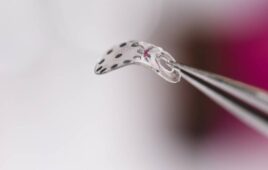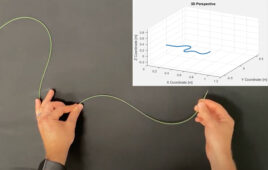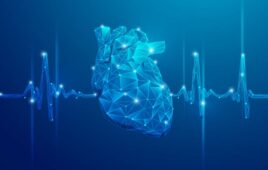
[Image from Philips]
Amsterdam-based Philips is collaborating with the Spanish National Center for Cardiovascular Research (CNIC) to research a new technique to bring ultra-fast, easy cardiac magnetic resonance (MR) imaging to clinical settings in a way that benefits more patients.
The Carlos III Institute of Health, through a FIS technological development project, provided funds for the project, along with a Translational Research Grant from the Spanish Society of Cardiology, the European Research Council (ERC), and the Community of Madrid, according to a news release.
With this new technique — called Enhanced SENSE by Static Outer-volume Subtraction (ESSOS) — the MRI signal of the beating heart can be more easily subtracted from subsequent scan data, thanks to the fact that, during a breath-hold, everything in a patient’s chest remains static aside from the beating heart.
Philips said that the easier subtraction of the MRI signal allows for the acquisition of a 3D image of the heart at a rate of up to four times faster than standard. Additionally, once the dynamic information of the beating heart is reconstructed, the static outer volume images are added back to generate a full 3D cardiac image to allow review from different viewpoints with good image resolution.
A clinical trial of more than 100 patients used both the conventional and new MRI protocol, finding what expert radiologists described as “excellent agreement” between heart function measurements made using each technique, along with excellent agreement in the images to characterize tissue damage to the patient’s heart muscle.
The director of CNIC’s clinical research department, Dr. Borja Ibáñez, said in the release that while the new technology obtains the same parameters as the standard technique, it reduces the time that a patient has to be inside the MRI machine by more than 90%.
“In just over 20 seconds, all the information needed to know the shape and function of the heart has been acquired,” Philips scientist and collaboration leader Dr. Javier Sánchez-González said in the release. “And if you need to evaluate the degree of fibrosis after cardiac muscle death, another 20-second acquisition is all it takes, completing the cardiac study in less than a minute.”




